Why We Love Classic Monsters In Video Games So Much
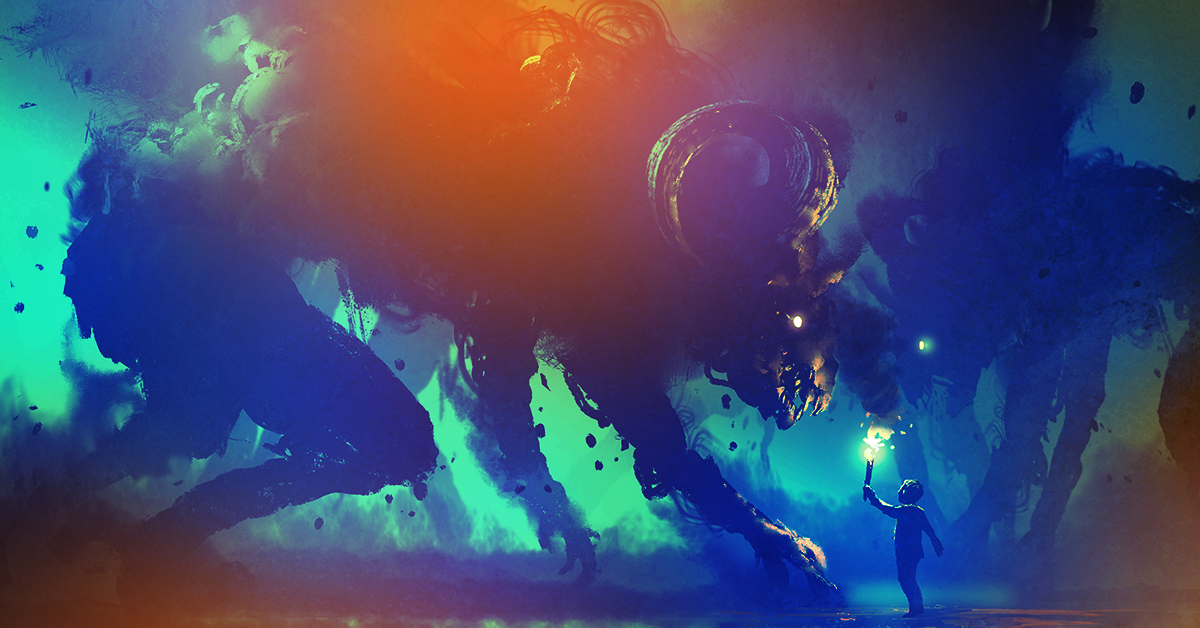
Fear is considered to be one of the strongest human emotions. People actually love it, as long as they experience it within the safe confines of their homes while watching, reading or playing horrors.
Why is that? Some say that it’s because of the satisfaction when we handle anxiety. Fear also causes adrenaline rushes that make us feel physically stronger and increase our emotional intuition.
It can even serve as a form of therapy, teaching us how to deal with stressful, scary situations.
“The demonic and the monstrous appear in pop culture because they represent evil and our fears and anxieties. It is our human nature to be attracted to the horrific and obtain pleasure from encountering it because this is how we gain a partial and temporary victory over ourselves.”
We can bring it all down to one atavistic anxiety: the fear of getting killed (and perhaps devoured). Most of the monsters in our culture crave our flesh and blood. They lurk in the shadows or under our beds, ready to take a bite of our brains, cook us in a cauldron, or turn us into goulash.
Death seems like a taboo topic, but what scares us is not the end per se, but its manner.
All in all, it’s all about eating.
So, who are the main villains in our nightmares, and how they helped us tame our fears?
Vampires suck
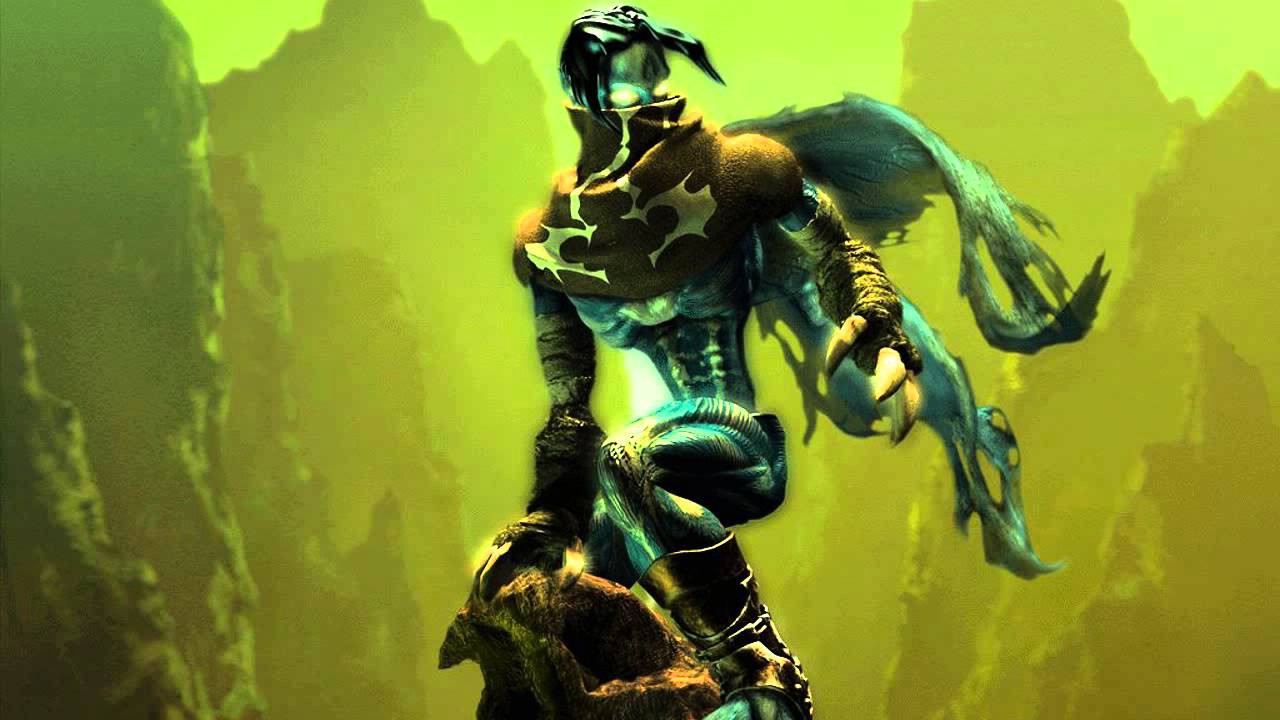
Their phenomenon dates back to the ancient times. The Archive for Research in Archetypal Symbolism (ARAS) provides a neat definition of these fellas:
“(The vampire is) a shapeshifter, hypnotist and captivator, erotic and chillingly repugnant at the same time.”
The first known vampire appeared in the Book of Marvels by Phlegon of Tralles. Named Philinnion, he inspired Goethe’s most famous vampire poem, “The Bride of Corinth.”
In games, vampires are possibly the most mesmerizing monsters we can encounter. They are featured in Vampyr, the Legacy of Kain, Castlevania and Bloodrayne series, The Elder Scrolls and many titles based on the famous Vampire: The Masquerade RPG system. Heck, they even appear in The Sims!
The funny thing about the games above is that vampires featured in them are not just your antagonists. In fact, they’re often your allies or even player characters. In Soul Reaver, a part of the Legacy of Kain series, we play as Raziel, a castaway resurrected as a wraith to seek revenge on his former master, Kain, who betrayed him.
Vampire: The Masquerade games, just like Vampyr, are based on one of the most popular vampiric dilemmas: should the beast strive to retain what’s left of its humanity, or should it be unleashed? You get to choose if you want to slaughter the mortals you encounter and suck their blood, or perhaps spare them.
Vampires are a terror with a human face. This is what makes them both repulsive and appealing. Our fear is named, takes a form, and then it is contained.
Who let the dogs out?
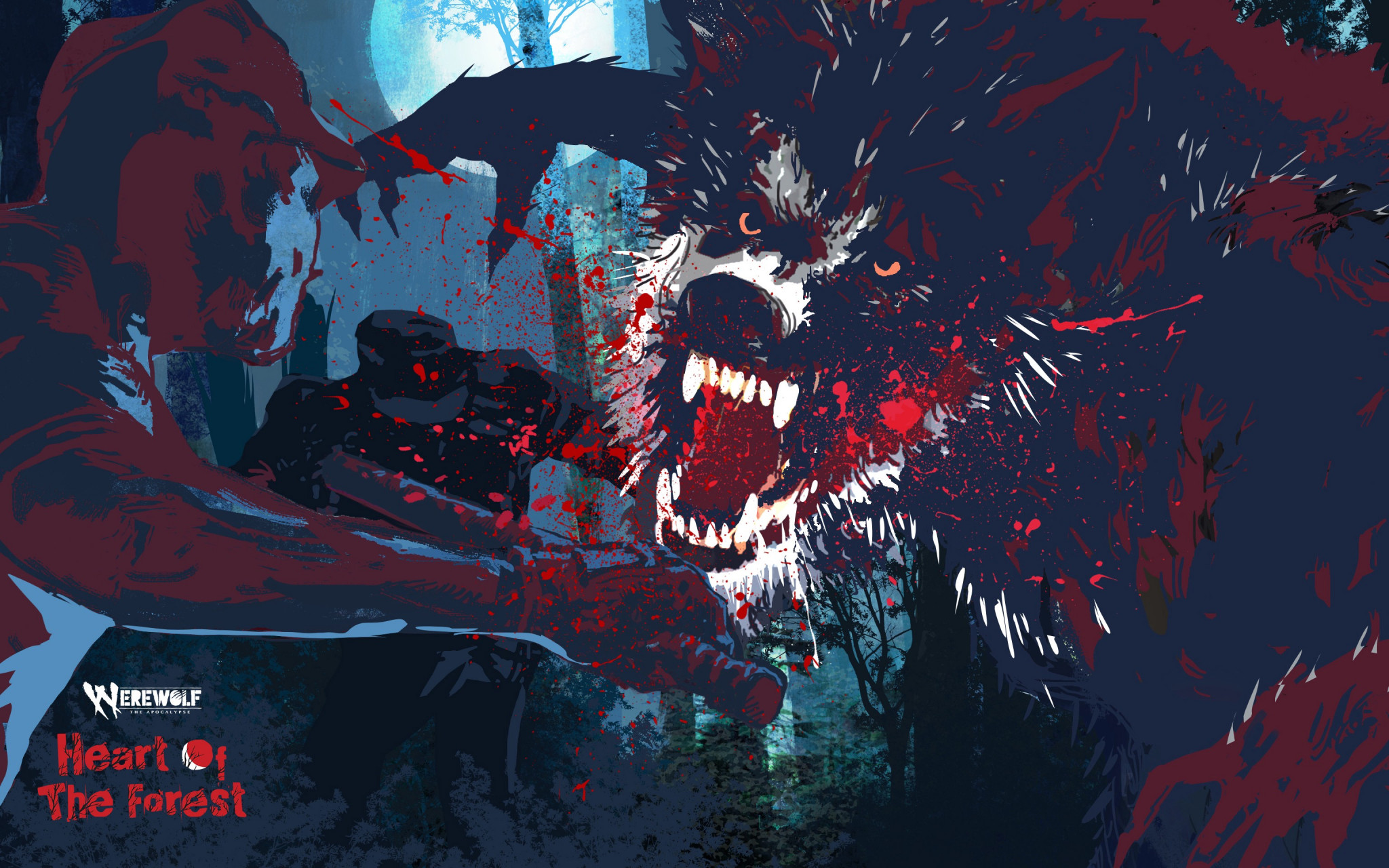
There is something truly frightening about your loved ones becoming beasts. Vampires remain oddly civilized, but there are other creatures of the dark that readily shed the remnants of their humanity.
Werewolves were once as popular as vampires, and too, like them, weren’t seen as just primitive beasts. This was due to the fact that as much people feared the wolves, they loved their dog companions.
The notion of becoming a ferocious monster treating their kin as prey was scary to our ancestors. Nowadays, however, werewolves have become a symbol of nature’s rebirth and the fight against its destruction. In Werewolf: The Apocalypse — Heart of the Forest the player becomes a werewolf fighting a deadly corporation that seeks to destroy the precious primeval forest of Białowieża in Poland. The main character connects with her inner beast and draws power from primal aspects.
Werewolves are also featured in many other games, such as The Wolf Among Us, The Elder Scrolls series (they sure do love them monsters!), Castlevania: Legacy of Darkness, and Diablo II: Lord of Destruction. Even Resident Evil 8 feature werewolf-ish Lycans as enemies.
’Tis the season of the witch
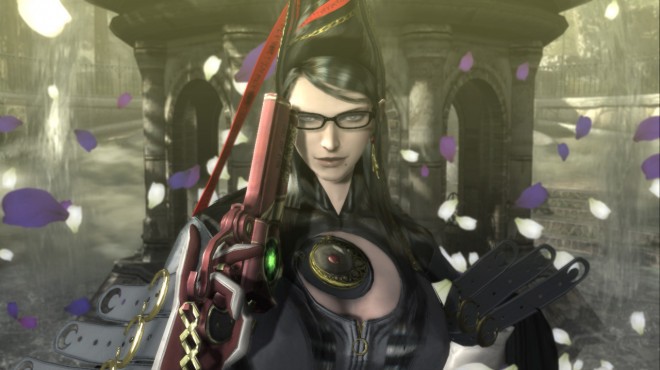
I wasn’t sure if I should write about them here, because witches were never simply monsters. Even in fairy tales they were something more than just crazy elderly child-eaters (BTW I’m pretty positive Hansel and Gretel were just unkind to the old hag).
The witch is a very strong symbol of medieval obscurantism, feminism and independent women. She may be a bearer of natural wisdom, a Wild Woman, a priestess of the White Goddess, etc. etc.
Video games feature them in many roles: they can be powerful enemies and allies alike (in some cases they’re the player character). You’ll find witches in the likes of Bayonetta, Dragon Age: Origins, Alone in the Dark, Left 4 Dead, The Witcher series, Bloodborne, A Witch’s Tale and, of course, The Blair Witch Project-related titles.
Witches are often portrayed as beautiful, independent, influential and powerful. Most of them don’t even consider themselves human. Bayonetta, for example is a somewhat alien character, known for her over-the-top sexiness. Dragon Age: Origin’s own Morrigan does not adhere to most rules of the society. Yennefer and Triss in The Witcher are very intelligent witches pulling the strings of the human world from behind the scenes.
Bloodborne has the Witch of Hemwick, a creature covered with eyeballs and able to clone itself.
In Left 4 Dead, the witches are a powerful enemy type. Initially, they ignore the players and other zombies, just weeping and wailing. But if you startle these creatures, all hell breaks loose. They’re tough to kill and can easily slaughter the player who annoyed them, so you need to keep quiet in their presence.
I see dead people

Vampires may have escaped death, but there are those who were far less fortunate.
Zombies, ghouls and mummies are prevalent in video games, but they usually serve as rather generic, though often deadly opponents.
In general culture, they’re usually a metaphor of racial sublimation, the destruction of nature, and the deadly consequences of globalism.
“(They) speak in part to our fears of such things as overpopulation and starvation, pandemic decease and even climate change.”
– Caspar Henderson, “The Book of Barely Imagined Beings. A 21st Century Bestiary”
Zombies are especially popular, as there’s a whole bunch of games with a post-apocalyptic theme: Dying Light, Left 4 Dead, Dead Rising, The Walking Dead, The Last of Us, Days Gone, the classic Resident Evil series, even Stubbs the Zombie in Rebel Without a Pulse.
And they seem to be a good exposure therapy, as they help us practice our responses to fear. Still, if you have an actual phobia, you should talk to a specialist. Games are fun and seem to work as an interesting aid, but they’re not a replacement for treatment.
Finally, there are ghosts. But the most popular ones — Blinky, Pinky, Inky and Clyde from Pac-Man are far from scary. There’s also Boo from the Mario series, but what I find most frightening about him is his driving skills in Mario Kart 8.
Whispers from the depths of hell
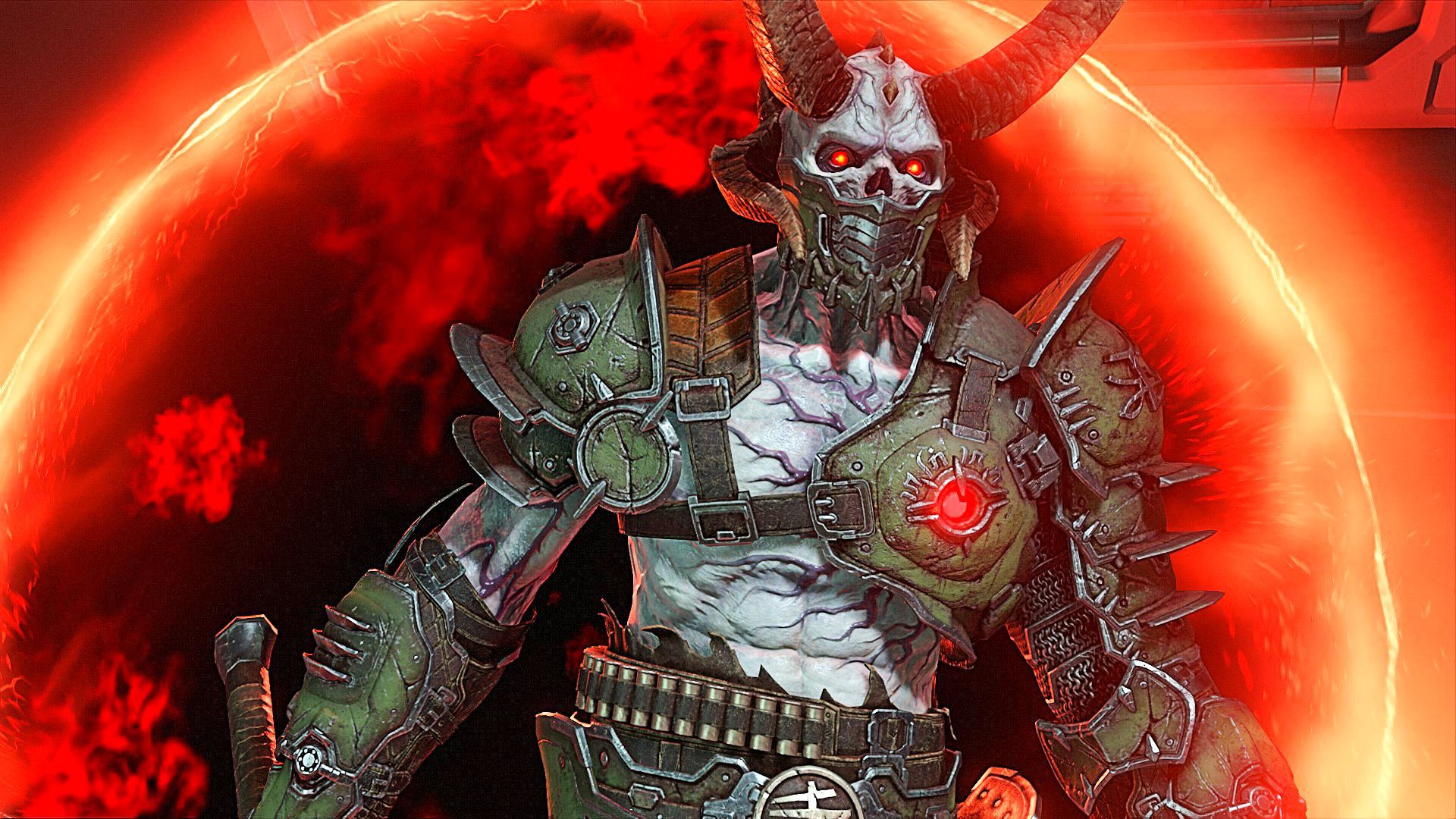
Some demons are evil seductors, but for the most part gamers get to fight them.
There’s plenty of games like Diablo or Doom where you can safely slaughter infernal characters within the safe confines of your own home.
But there’s also the infamous Agony where we play as a tormented soul that does whatever it likes in the depths of hell. Not the best game around, mind you, as it Metacritic score is around 47%. But that didn’t stop the devs from releasing a sequel titled Succubus.
I think one of the most interesting games with demons is Dungeon Keeper where you can build your own, fully functional evil empire with demons as your servants. Succubae are also present, taking care of their little torture rooms.
In the Devil May Cry series the protagonists are half-demons fighting their infernal brethren. Darksiders, on the other hand, features gods, demon gods, angels and all the options in between, embroiled in a conflict against the main character and each other.
Demonic politics is very complicated.
Cosmic horrors beyond our comprehension
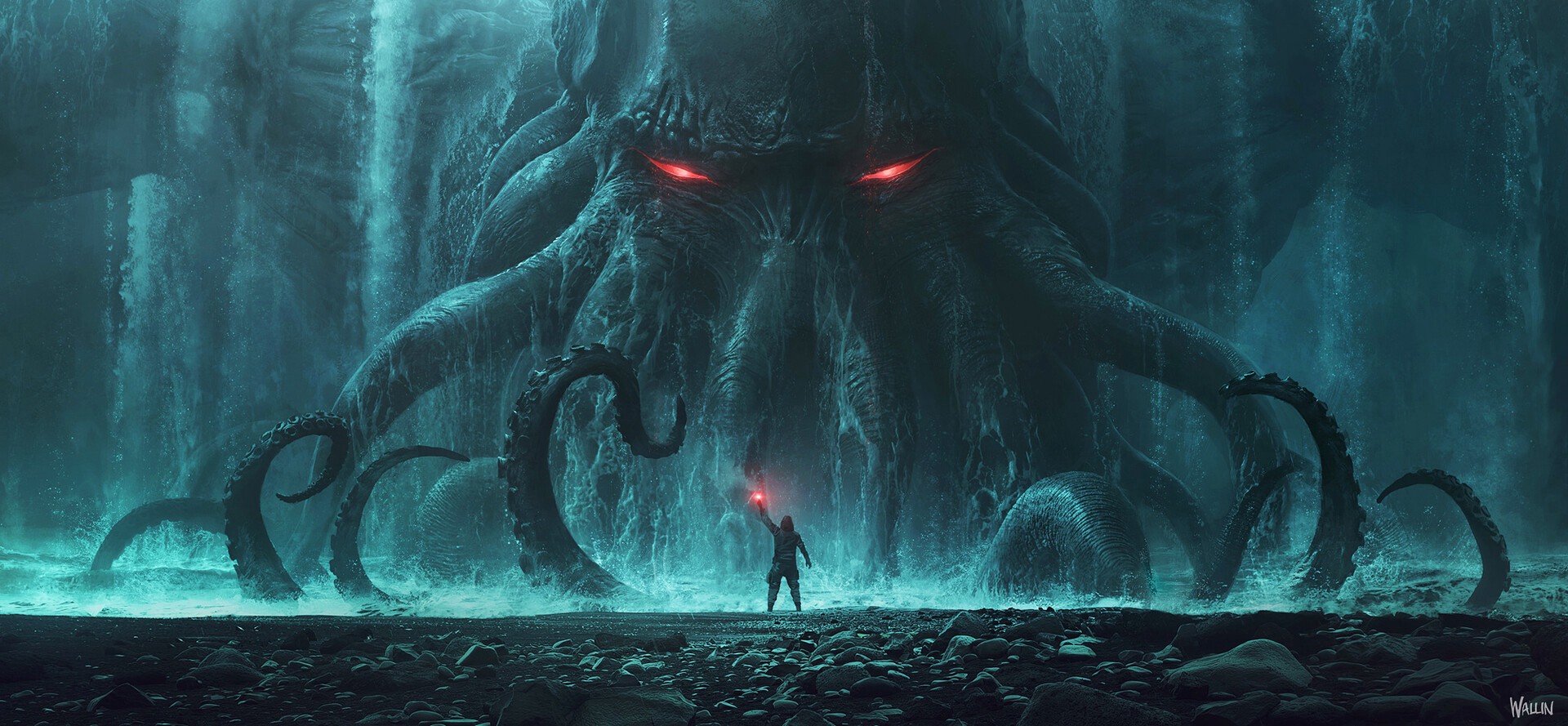
Howard Philips Lovecraft’s monstrosities are something else entirely.
And this is what makes them incredibly influential and popular. Just check out any random Halloween party: there surely will be someone dressed up as Cthulhu.
Lovecraft created a vast world that is so unlike the “regular” mythology. It surely deserves a separate article. For now, let’s just mention some of the fantastic Lovecraftian video games that you might love: Moons of Madness, Stygian: Reign of the Old Ones, The Sinking City, Call of Cthulhu, Sherlock Holmes: The Awakened, and Call of Cthulhu: Dark Corners of the Earth.
While all the other monsters listed above were inspired by…external factors, Lovecraft’s horrors were made up by a human mind.
Or were they?
Feel like you need to face your fears and improve your psychological resilience? Try horror games, they might help. Even if what stresses you out are mundane, day-to-day situations are other people, remember this: many of the monsters you encounter in video games are very human-like and strangely familiar…